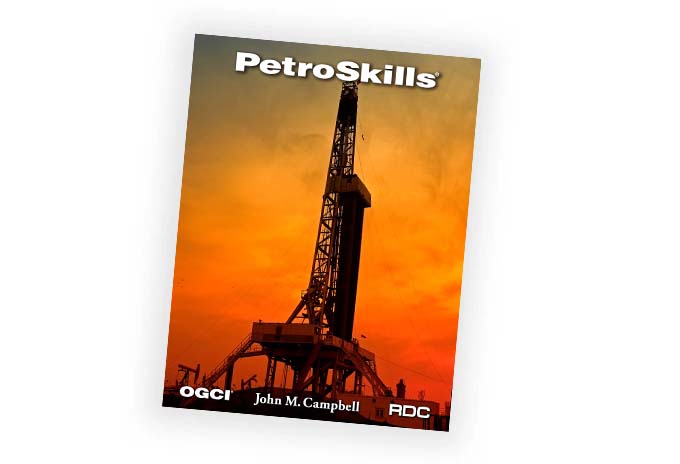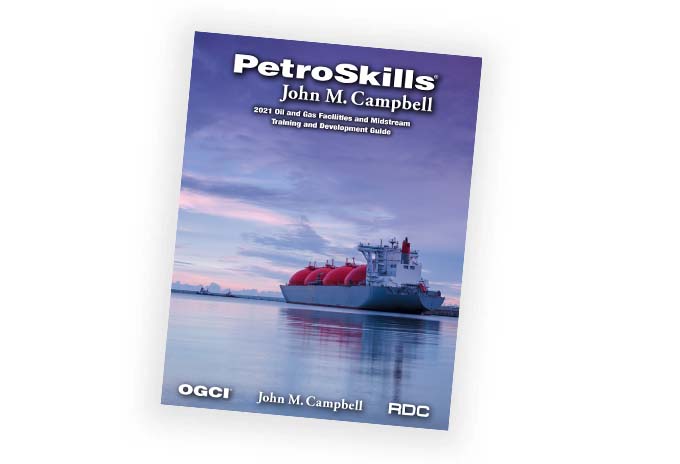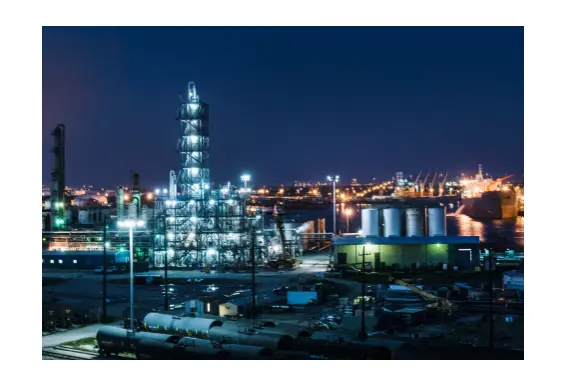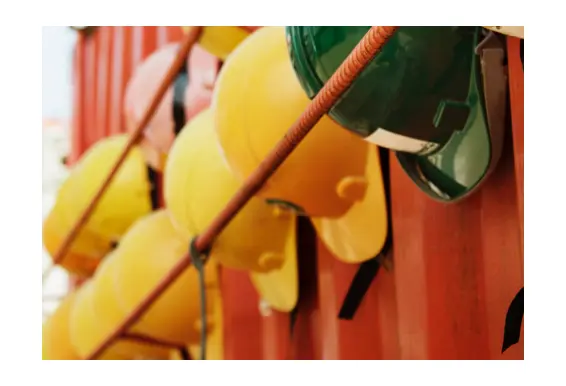CO2 Storage Workflows
e-Learning
About the eLearning Course
This eLearning course focuses on screening, how and where to acquire the necessary data to evaluate a storage prospect, and the technical disciplines needed to evaluate storage prospects and adequately reduce storage risks. It covers trapping and storage mechanisms and the basic use of geologic (static) models and reservoir (flow) models to define storage resources.
Target Audience
Designed for technical or non-technical audiences, including engineers, geoscientists, finance, accounting, and operations professionals who want a basic understanding of the project life cycle, the fundamentals of CO2 capture and technology readiness, and transportation options.
You Will Learn
- Identify the phases in the storage workflow for CO₂ storage projects
- Define the screening parameters and process for the evaluation of potential carbon storage sites
- Explain the similarities and differences between oil and gas trapping/storage mechanisms and CO₂ storage
- Understand the roles of geological and flow modeling in determining CO₂ storage potential
- Identify the key features needed for the evaluation of any storage project
- Define the four primary CO₂ storage mechanisms: structural and stratigraphic trapping, residual trapping, solubility trapping, and mineral trapping
- Describe the contributions of each CO₂ trapping mechanism over time using the provided diagram
- Identify the relative storage surety of the trapping mechanisms
- Understand different methods to estimate CO₂ storage capacity with a focus on volumetric and reservoir simulation methods
- Describe the data necessary to calculate volumetric estimates for CO₂ storage in a brine reservoir
- Describe the use of reservoir simulation to model CO₂ storage
- Describe how different boundary conditions can influence CO₂ storage efficiency in saline aquifers
- Identify various types of data required for geological and reservoir modeling, such as logs, cores, and seismic data
- Describe the influence of data scale on the effectiveness of modeling efforts in CCS initiatives
- Recognize the importance of uncertainty analysis in subsurface projects
Course Content
- Screening and Defining Storage Targets
- Trapping and Storage Mechanisms
- Geo Modeling/Flow Modeling




